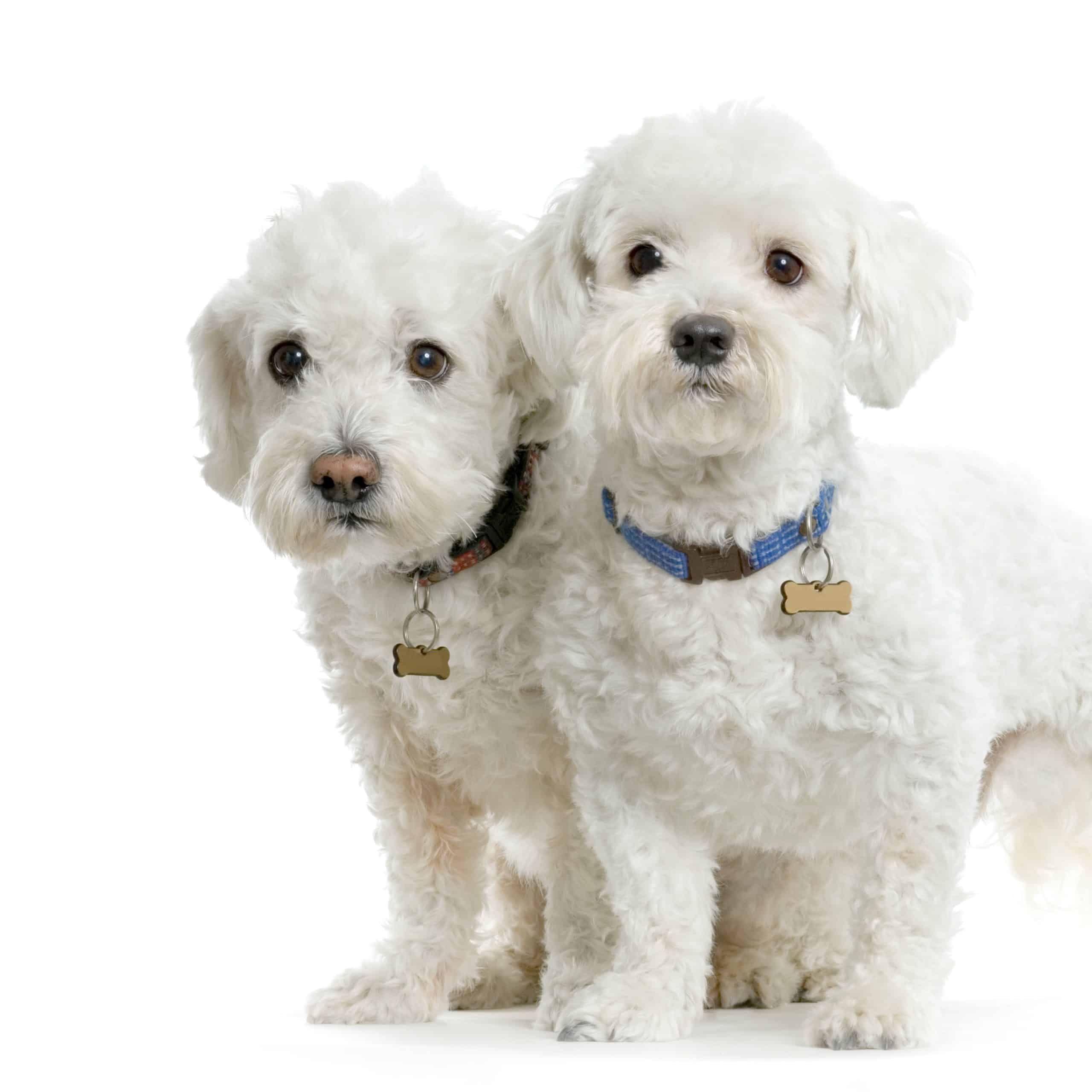What are the best practices for designing pet-friendly amenities in multifamily real estate developments?

As people tend to consider pets as integral parts of their families, the need for pet-friendly amenities in multifamily real estate has been on the rise. This trend is significantly influencing the multifamily real estate industry, with more and more property developers incorporating pet-friendly features into their designs. So, how can developers and property owners alike ensure their communities are conducive not just for their human residents, but their furry friends as well? This article will delve into the best practices for creating pet-friendly spaces in multifamily properties.
Developing Pet-Friendly Policies
When it comes to pet-friendly living, the first thing to consider is the property’s policies. These rules set the tone and lay the groundwork for how the community interacts with pets. They also protect both the property and its residents.
Additional reading : How can real estate projects integrate smart shading and adaptive building skins to improve energy performance?
Owners and property managers should create a clear, concise policy that addresses various aspects of pet ownership. This can include limitations on the types, sizes, and breeds of pets allowed and requirements for vaccinations, spaying, or neutering. It’s also important to outline the responsibilities of pet-owners in terms of noise control, pet hygiene, and waste disposal.
Having a pet policy in place not only helps to maintain order in the community, but it also shows potential renters that you have taken the time to consider the needs of pet owners. This can significantly increase the appeal of your property to those who own pets or are considering getting one.
Also to read : How to design real estate projects that incorporate healing gardens and therapeutic landscapes for mental well-being?
Designing Pet-Friendly Spaces
The next element to consider is the design of pet-friendly spaces. Properties should have areas where dogs can run, play, and interact with other dogs. A dog park is an excellent amenity that provides space for dogs to exercise and socialize. These areas should be secure, well-lit, and equipped with waste disposal stations.
In addition to outdoor spaces, consider incorporating pet-friendly designs inside the apartment units. For instance, including durable, easy-to-clean flooring materials in your design will make life easier for pet owners. Apartments on lower floors can also be marketed as pet-friendly, as they typically provide easier access to outdoor areas.
Incorporating Pet Services
Residents who live with pets appreciate conveniences that make their lives easier. As such, offering pet-related services can significantly enhance the attractiveness of a property.
Consider partnering with local pet businesses to offer services like grooming, daycare, and dog walking. Some multifamily communities also offer pet training classes or pet social events to foster a sense of community among pet owners. By providing such services, you not only make your property more appealing to potential renters with pets, but you also foster a welcoming community that values and caters to the needs of all its residents.
Constructing Pet Amenities
Building pet amenities isn’t just about the large and obvious features like dog parks or pet spas. Smaller, thoughtful touches can also make a big difference in making a multifamily property pet-friendly.
Consider installing pet stations throughout the property where residents can find waste bags and disposal bins. In the colder months, an indoor pet-washing station can come in handy. Another amenity to consider is a pet relief area, especially for residents who live in high-rise buildings. This could either be a small patch of artificial grass or a simple sandbox.
Promoting A Pet-Friendly Environment
Finally, promoting a pet-friendly environment is an ongoing effort. Regularly reassess your policies, keep abreast of the latest trends and innovations in pet-friendly design, and solicit feedback from your residents to ensure you’re meeting their needs.
Community events centered around pets, such as pet adoption days, can help promote a pet-friendly culture. Such events not only show your commitment to pet-friendly living but also encourage residents to interact and build stronger community ties.
Adopting these practices will not only enhance your property’s appeal to pet owners but also contribute to a vibrant, close-knit community. As pets continue to play a significant role in people’s lives, the demand for pet-friendly apartments will continue to rise. By implementing these best practices, you can ensure your property remains competitive and attractive to a broad range of potential renters.
Establishing a Pet Concierge
A pet concierge can truly set a property apart when it comes to pet-friendly amenities. This service can take many forms and could be a game-changer for the residents and their pets.
This could range from docking stations for dog walking services or pet care, areas for pet grooming, or even a rotation of pet food and supplies available for purchase. Some properties might even go as far as to offer pet-sitting or pet-walking services as part of the concierge offering.
This shows a deep level of understanding and care for the needs of pet owners. The convenience of having these services on-site can save residents time and effort. It’s not just about acknowledging that residents have pets, but about making life with a pet as easy and enjoyable as possible.
Residents will truly appreciate the convenience of having pet services at their doorstep. This establishes a sense of community among pet owners within your multifamily property. It’s an investment that reflects on your commitment to maintaining a pet-friendly environment, which can, in turn, enhance the property’s appeal to potential renters who are pet owners.
Incorporating Interior Design Elements
While outdoor spaces like dog parks get a lot of attention in pet-friendly design, it’s also important to incorporate pet-friendly elements in the interior design of the apartments.
One of the ways to do this is by considering the material choices in the apartment units. For example, durable and scratch-resistant flooring and carpets are a must. Choosing fabrics and materials that are stain and odor resistant for furniture items is also a good idea.
Another aspect to consider is space. Pets need their own space just like humans do. Allocating a specific area for pets in the apartment design might include a sleeping area with a pet bed, or a feeding area with built-in food and water bowls.
These interior design considerations show potential and current residents that their furry friends are not just allowed, but are truly welcome. It also demonstrates to residents that the property management has thought deeply about the needs of pet owners, making the apartments not just pet-friendly, but pet-centric.
Conclusion
In the landscape of multifamily real estate, pet-friendly amenities are no longer considered a luxury, but a necessity. As the number of pet owners increases, the demand for pet-friendly apartments rises. By being proactive, property managers and developers can ensure their properties are not only in step with the times but also providing a comprehensive, thoughtful living experience for all residents, pets included.
Creating a pet-friendly environment goes beyond dog parks and pet policies. It’s about creating a community that values the bond between humans and their pets. By incorporating services like a pet concierge, or considering pets in the interior design of apartments, properties can truly cater to the needs of their residents and their furry friends.
By continuously improving and adapting to the needs of pet owners, properties can ensure they stay competitive in the market. After all, a happy pet makes for a happy resident, and happy residents make for a thriving community. By implementing these best practices, you can deliver a win-win situation for everyone involved – the residents, their pets, and the overall community.
